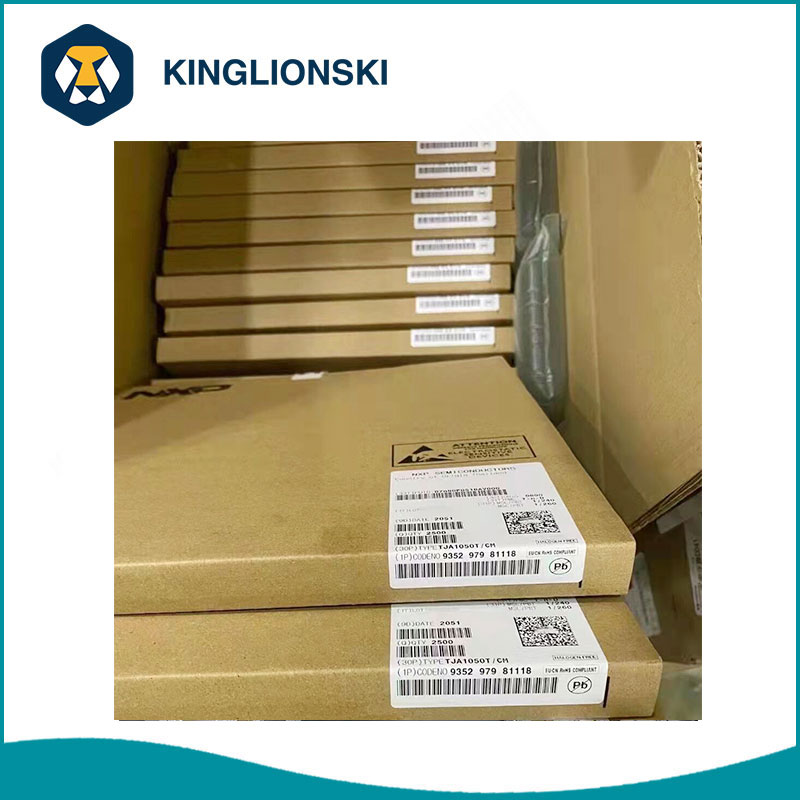- English
- Español
- Português
- русский
- Français
- 日本語
- Deutsch
- tiếng Việt
- Italiano
- Nederlands
- ภาษาไทย
- Polski
- 한국어
- Svenska
- magyar
- Malay
- বাংলা ভাষার
- Dansk
- Suomi
- हिन्दी
- Pilipino
- Türkçe
- Gaeilge
- العربية
- Indonesia
- Norsk
- تمل
- český
- ελληνικά
- український
- Javanese
- فارسی
- தமிழ்
- తెలుగు
- नेपाली
- Burmese
- български
- ລາວ
- Latine
- Қазақша
- Euskal
- Azərbaycan
- Slovenský jazyk
- Македонски
- Lietuvos
- Eesti Keel
- Română
- Slovenski
- मराठी
- Srpski језик
Principles of Electronic Components
2024-05-10
The working principles of electronic components are rich and diverse. They form the cornerstone of modern electronic equipment and mainly involve the following aspects:
Resistor: Resistor is a basic component in a circuit that obeys Ohm's law, which states that the size of the resistor determines the intensity of current that can pass through it at a given voltage. Resistors play an important role in circuits, such as limiting the size of current, distributing voltage, etc.
Capacitor: A capacitor stores electric charge and works by creating an insulating medium between two conductive plates. When a voltage is applied across the capacitor, charges accumulate on the two conductive plates, forming an electric field. In AC circuits, capacitors are often used to smooth voltage fluctuations, transmit signals, and tune.
Inductor: Inductors work using the magnetic field produced by a coil of wire. When an electric current passes through the coil, it creates a magnetic field in the surrounding space. Inductors are mainly used in circuits to suppress high-frequency noise, store energy, and form an oscillation circuit together with other components.
Semiconductor Devices: Semiconductor devices, especially diodes and transistors, are key components in modern electronic technology. Diodes allow current to pass in one direction but barely conduct electricity in the other direction, so they are often used in rectifier circuits. Transistors have the function of amplifying signals or acting as switches and are the core components of modern electronic equipment.
Integrated circuit: An integrated circuit is a highly integrated electronic component that integrates multiple electronic components (such as transistors, capacitors, resistors, etc.) on a tiny chip. Integrated circuits can realize complex circuit functions and are usually divided into two types: digital integrated circuits and analog integrated circuits, which are used to process digital signals and analog signals respectively.


